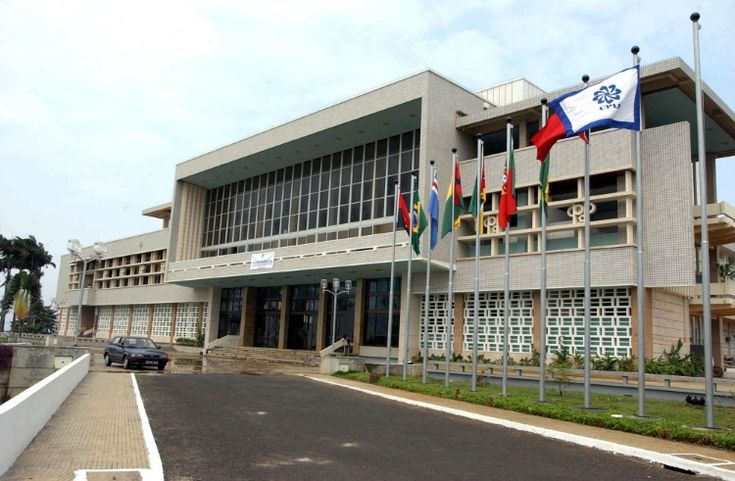This article discusses the autonomous regions of Sao tome and Principe from the history to the various island of the region.
The Autonomous Region of Príncipe is an autonomous administrative division of the Republic of São Tomé and Príncipe. Established on 29 April 1995, it covers the island of Príncipe and a number of small uninhabited islands around it, with an area of 142 km2 (55 sq mi) in total. As defined by the constitution of São Tomé and Príncipe, the Autonomous Region of Príncipe has a Regional Assembly and a Regional Government. Its population was 7,324 at the 2012 census; the latest official estimate was 8,420. It consists of a single district: Pagué. Its seat is the town Santo António.
History
São Tomé and Príncipe is divided into seven administrative districts since 1980. Six are located on the main island of São Tomé while one (Pagué) covers the smaller island of Príncipe. Since 1995, the Pagué District has been replaced by the Autonomous Region of Príncipe.
Read: POLITICAL HISTORY OF SÃO TOMÉ AND PRÍNCIPE
In 1995, a few years after the country’s democratic transition, Príncipe became an autonomous region. The island’s first regional government was elected in the same year. The central government’s failure to hold any local election in the years thereafter caused another popular protest in June 2006 that forced Príncipe’s regional government to step down.
Islands
The main island of the autonomous region is Príncipe. Smaller offshore islets are:
Ilhéu Bom Bom
Ilhéu Caroço
Tinhosa Grande
Tinhosa Pequena
Ilhéu Bom Bom
Ilhéu Bom Bom is an island in the Gulf of Guinea. The islet is located near the north coast of the island of Príncipe, one of the main islands of São Tomé and Príncipe and is almost completely forested. Its population is 15 (2008 est.). There is a tourist resort on the island. The island is connected to the main island of Principe by a footbridge. There is a lighthouse on the island built in 1997. Its focal height is 64 meters and its range is 12 nmi (22 km; 14 mi).
Ilhéu Caroço
Ilhéu Caroço, also called Ilhéu Boné de Jóquei, which translates to Jokey Cap Island, is an uninhabited islet in the Gulf of Guinea, part of São Tomé and Príncipe. The islet is located southeast of the island of Príncipe, about 2.5 km off the coast. Its area is about 0.4 km2. The islet is steep, rocky and wooded, and rises to 305 meters elevation. Just off the coast is another much smaller islet.
Tinhosa Grande
Tinhosa Grande is an uninhabited islet in São Tomé and Príncipe, located 23 km (14 mi) southwest of the island of Príncipe and 124 km (77 mi) northeast of the island of São Tomé. Together with the smaller islet Tinhosa Pequena, 4 kilometers to its north, it forms the Pedras Tinhosas group. It is 55 meters high, and its area is 20 hectares (49 acres).
Since 2012, it forms a part of the UNESCO’s Island of Príncipe Biosphere Reserve. A species of skinks found on the islet, Trachylepis adamastor, was first described in 2015
Tinhosa Pequena
Tinhosa Pequena is an uninhabited islet in São Tomé and Príncipe, located 20 km (12 mi) southwest of the island of Príncipe and 127 km (79 mi) northeast of the island of São Tomé. Together with the larger islet Tinhosa Grande, 4 kilometers to its south, it forms the Pedras Tinhosas group. It is 64 meters high, and its area is 3 hectares (7.4 acres)
Since 2012, it forms a part of the UNESCO’s Island of Príncipe Biosphere Reserve (also known as Príncipe Biosphere Reserve as it encompasses its surrounding islands).

